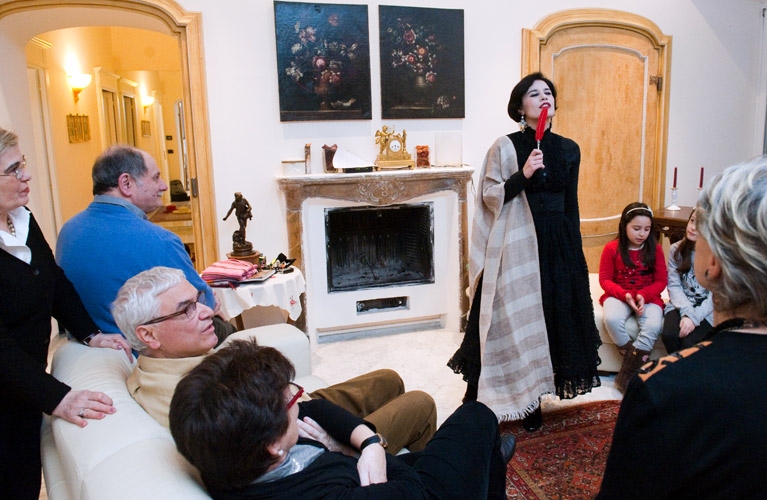552 11th Street
Brooklyn, NY
646-578-2265
Playwright and Actress
Your Custom Text Here

Productions/ Gallery
A collection of writings, photos and videos produced by Argia Coppola and Il Cane di Pavlov
Want to discover more about Argia's work, book a course or simply say hello?
Please take a moment to fill out the form below, and she'll get back to you as soon as possible.


























































